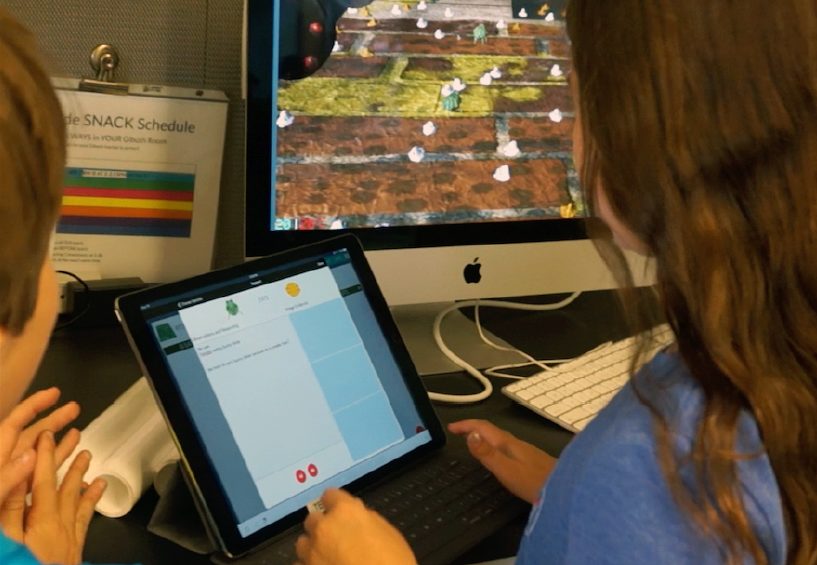Knowledge Places: Embedding Knowledge in the Space of the Classroom
June 12th, 2019
Categories: Applications, Education, MS / PhD Thesis, User Groups, Human Computer Interaction (HCI)

Authors
Perritano, A., Moher, T.About
This research investigates a novel approach to supporting classroom learning communities through the use of proxemic interaction and ambient visualizations. Specifically, community knowledge is embedded within the physical space of the classroom, with the aim of mediating opportunistic inter-group interactions, instigated through proximity and shared artifacts. This approach entails decomposing the community knowledge-base into a collection of independent thematic sub-stores, and then conceptually distributing those sub-stores to mapped, demarcated locations around the classroom, called “Knowledge Places”. This necessitates physical movement among and proximity to those places in order for students to contribute to or otherwise access their peers’ contributions to the emerging knowledge-base. The present research studies the materialization of Knowledge Places over the course of ten weeks within a sixth-grade life science curriculum, with topics of food webs and ecosystems.
Keywords: Embodied Interaction, proxemic Interaction, ambient visualization, RFID, indoor location, Ubiquitous Computing; Internet Of Things; IOT
ISBN: 978-1-4503-6690-8
Resources
URL
Citation
Perritano, A., Moher, T., Knowledge Places: Embedding Knowledge in the Space of the Classroom, IDC '19 Proceedings of the 18th ACM International Conference on Interaction Design and Children, Boise, ID, pp. 598-603, June 12th, 2019. https://doi.org/10.1145/3311927.3325326